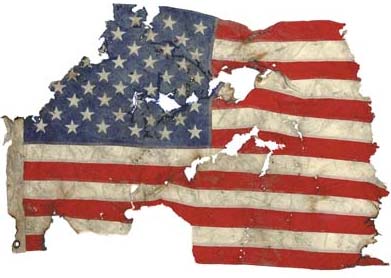We were all taught the meaning of the American Flag design when we were in grade school, but do you remember? Here’s a quick refresher, plus some fun history you may not know.
The flag of the United States has 13 horizontal stripes, alternating red and white, which represent the original Thirteen Colonies. In the upper left corner is a field of blue with 50 white stars, which represent the 50 states. This is the 27th version of the US flag. It was ordered by President Eisenhower in 1959 after Alaska became the 50th state and adopted by Congress in 1960.
Do these stars have anything to do with astronomical stars in the sky? That answer is not clear. As a matter of fact, when the Declaration of Independence was signed by the Continental Congress in July 1776 no official flag was approved. The signers hoped to create a self-governing American colony loyal to the British Crown, while avoiding war. The unofficial first flag included 13 red and white stripes representing the 13 colonies and a small replica of the British flag where the stars are on today’s flag.
Historically stars on flags and banners represented the heavens and were used to depict territorial divisions. An example of stars representing territorial divisions predating the U.S. flag are those in the coat of arms of Valais, Switzerland of 1618, where seven stars stood for seven districts.
On June 14, 1777, the Second Continental Congress passed the Flag Resolution which stated: “Resolved, that the flag of the thirteen United States be thirteen stripes, alternate red and white; that the union be thirteen stars, white in a blue field, representing a new constellation.” Notice that this Flag Resolution did not specify any particular arrangement for the stars. As a result, some US flags arranged the stars in a circle, while others used rows.
The colors of the flag are symbolic as well. Red symbolizes hardiness and valor, white symbolizes purity and innocence, and blue symbolizes perseverance, vigilance and justice. The blue area of the flag is called the canon and it contains a constellation of stars.
Some flags in the US and around the world depict actual constellations such as the Big Dipper on the State of the Alaska flag. The Flag of Brazil depicts several constellations including Crux and Canis Major.
Throughout history people have looked up to the stars in the sky for inspiration. Perhaps the founding fathers put stars on our flags to inspire us? You can inspire a friend or loved one by giving them their own star from Name a Star.

